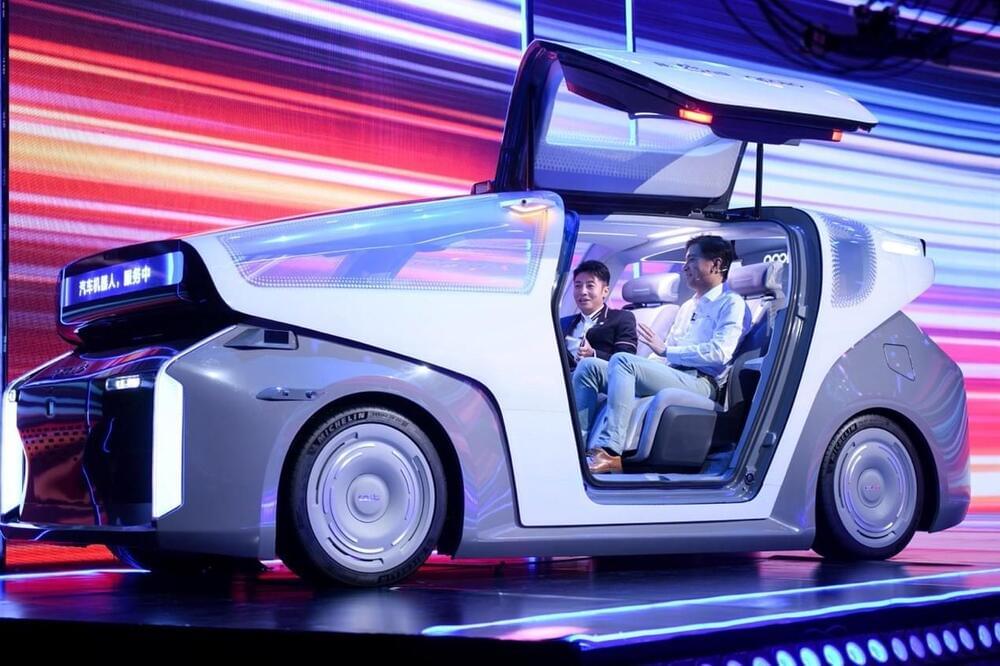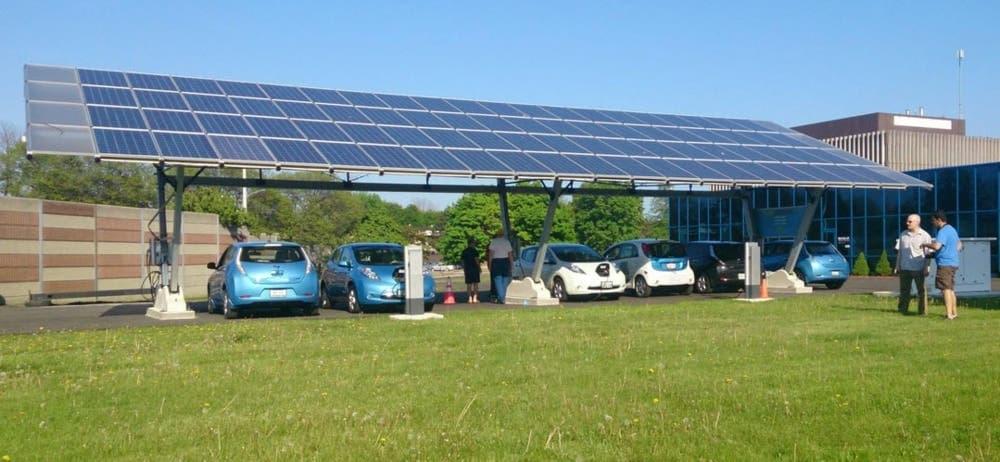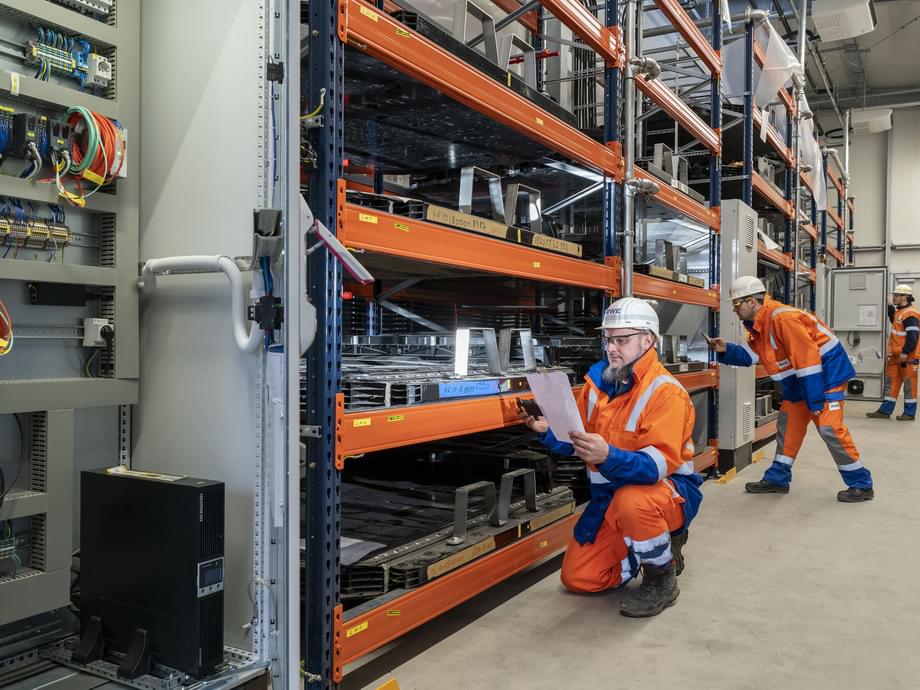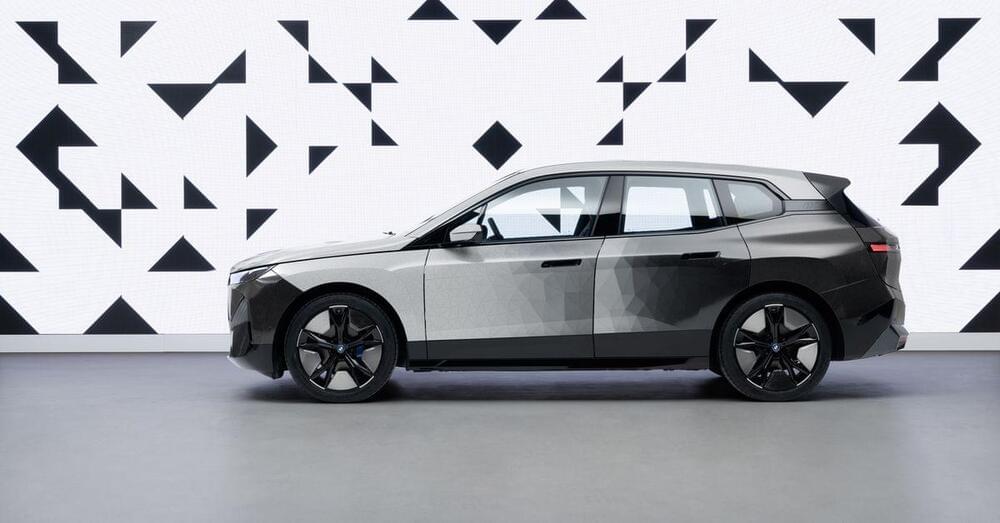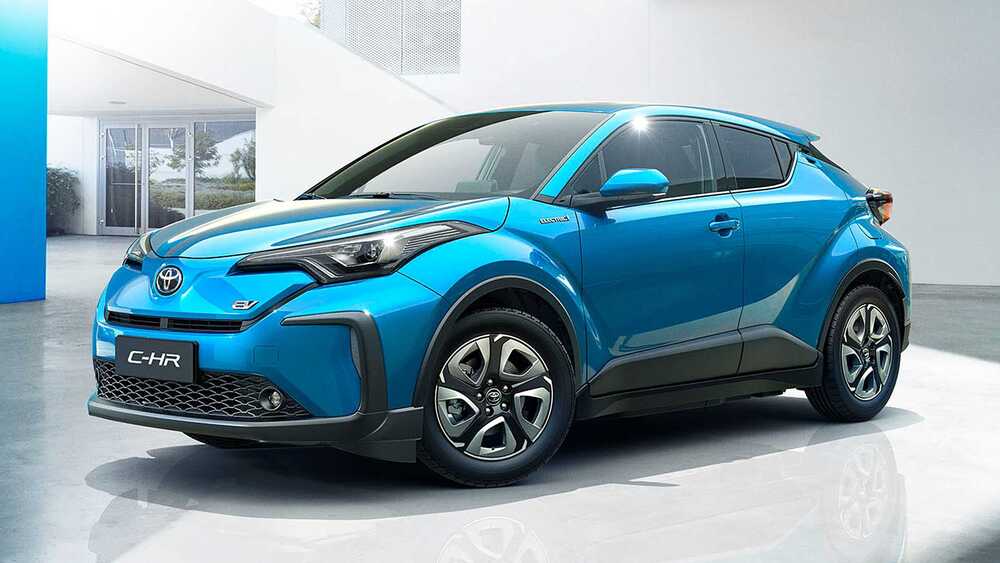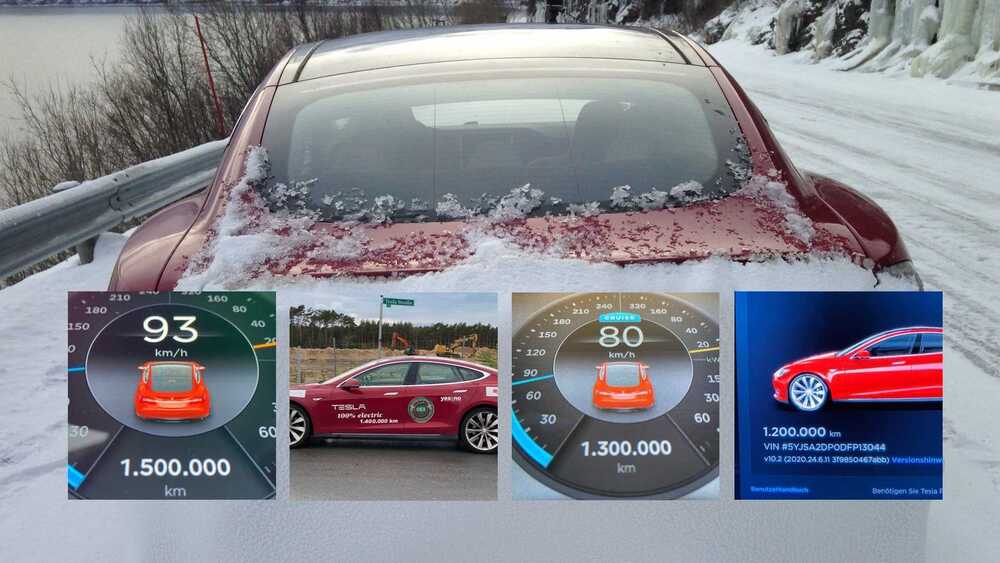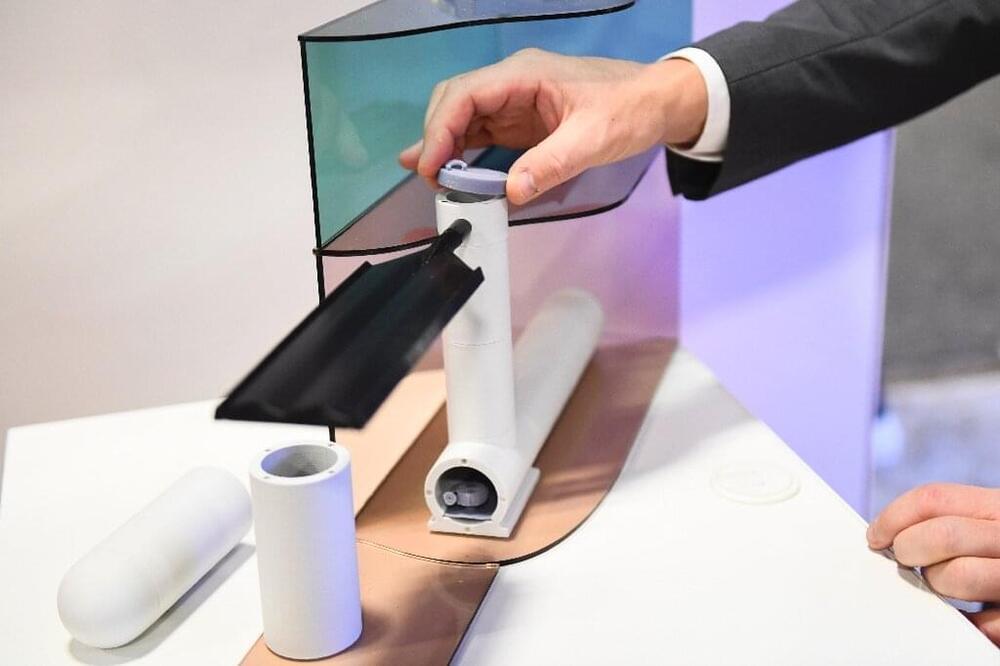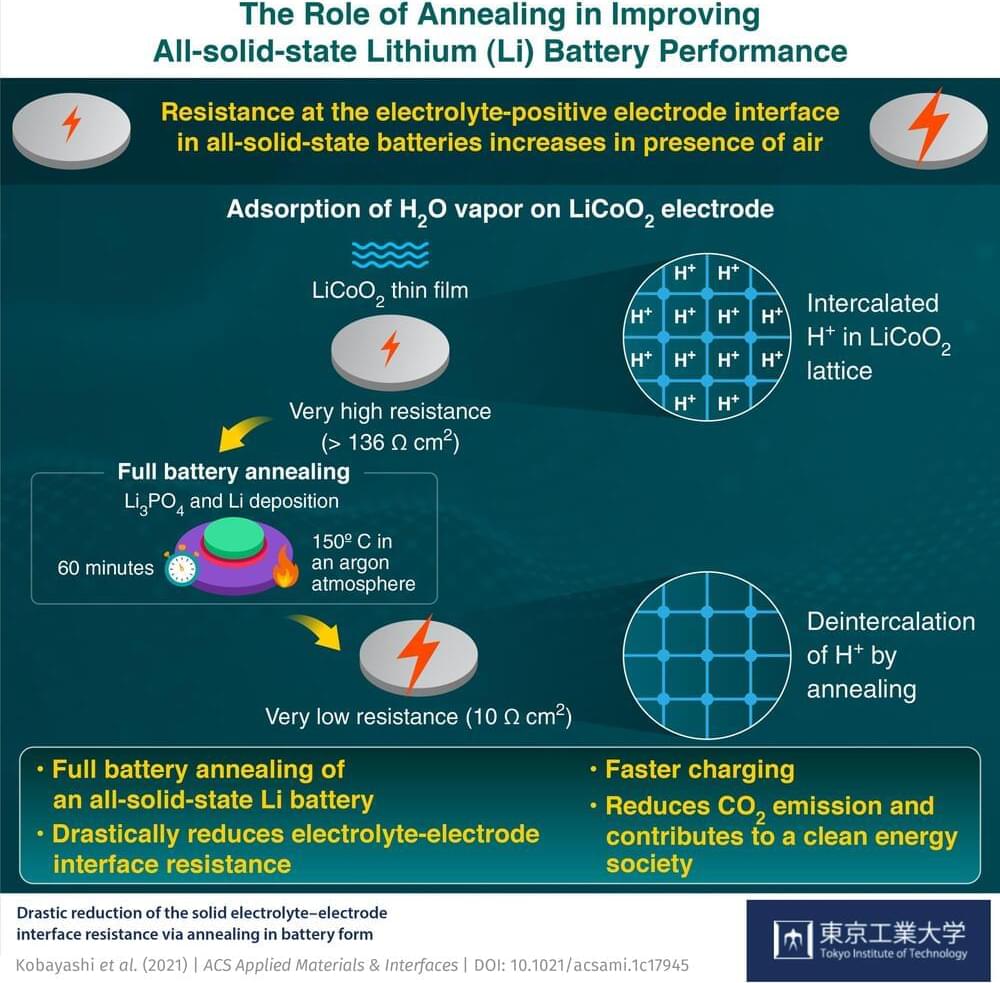China’s technology giant Baidu is stepping up its efforts to expand in the autonomous vehicle segment with the commercial launch of a car model with Level-2 self-driving technology next year.
Last week the company’s CEO Robin Li confirmed that Jidu Auto, Baidu’s joint venture with local automaker Zhejiang Geely Holding Group, plans to begin mass production of its first electric vehicle (EV) with Level-2 autonomous driving technologies in 2023. The vehicle’s self-driving system is powered by Nvidia chips and is scheduled to be unveiled at the Beijing Auto Show in April of this year.
Baidu, known widely as an internet search engine and artificial intelligence company, is targeting the autonomous vehicle segment as a key growth industry and is in the process of rolling out autonomous taxi services across China.
